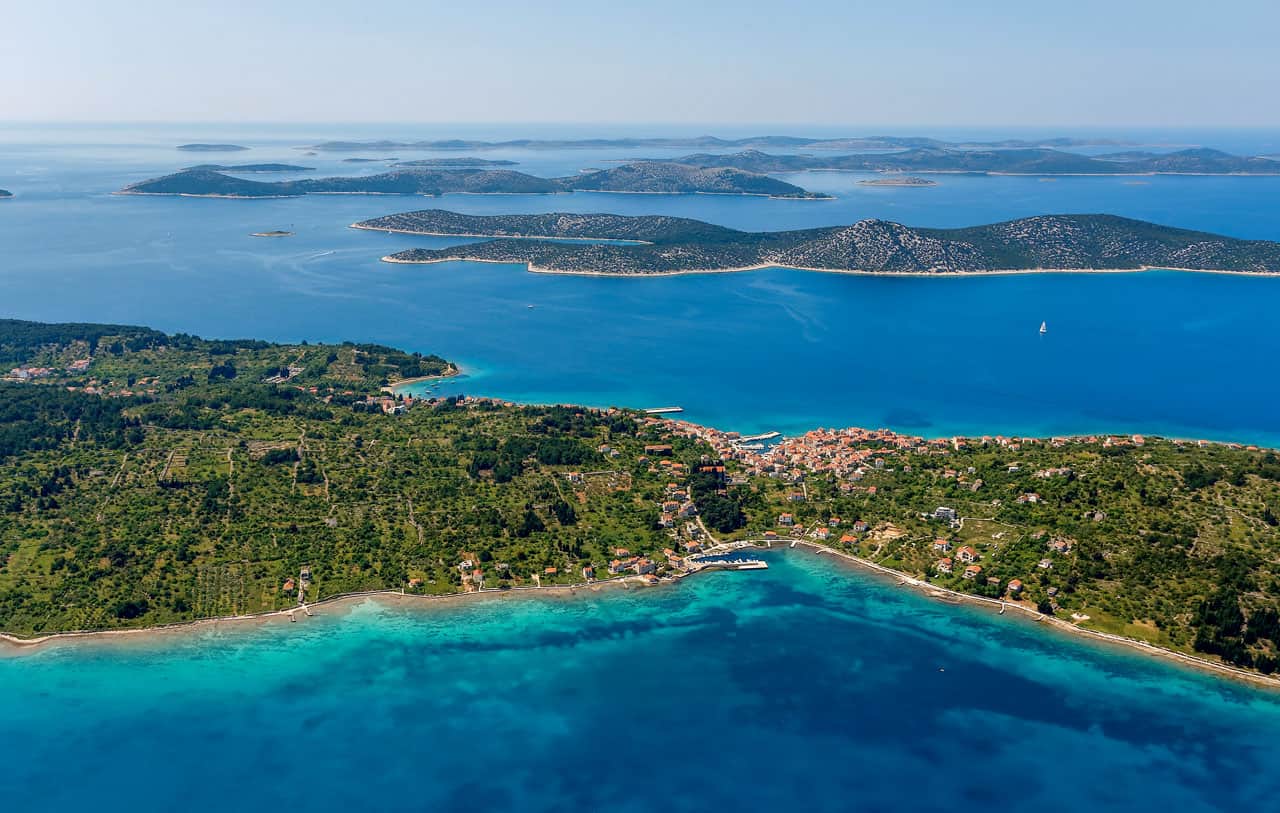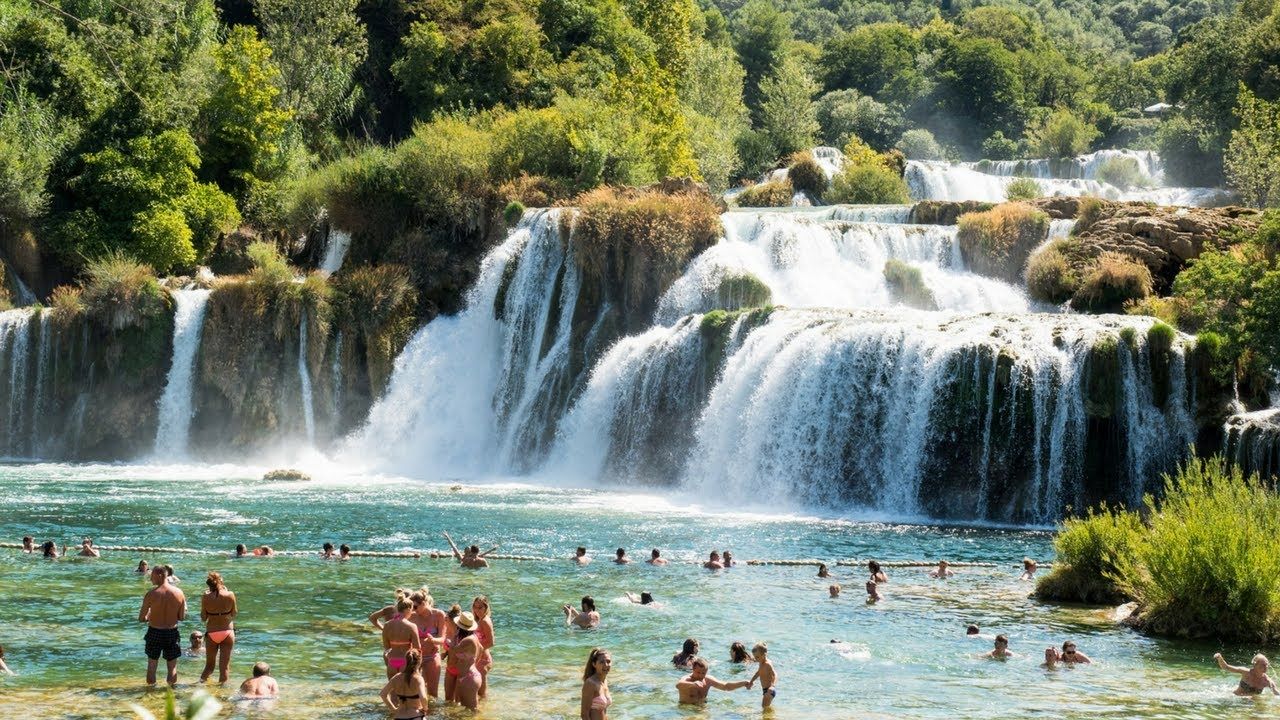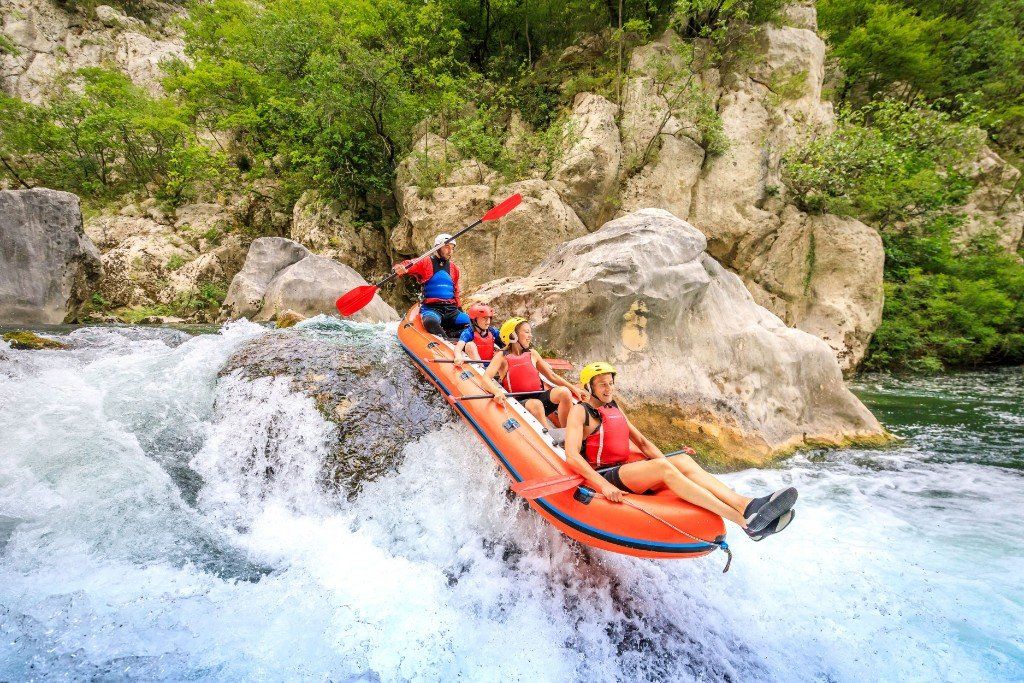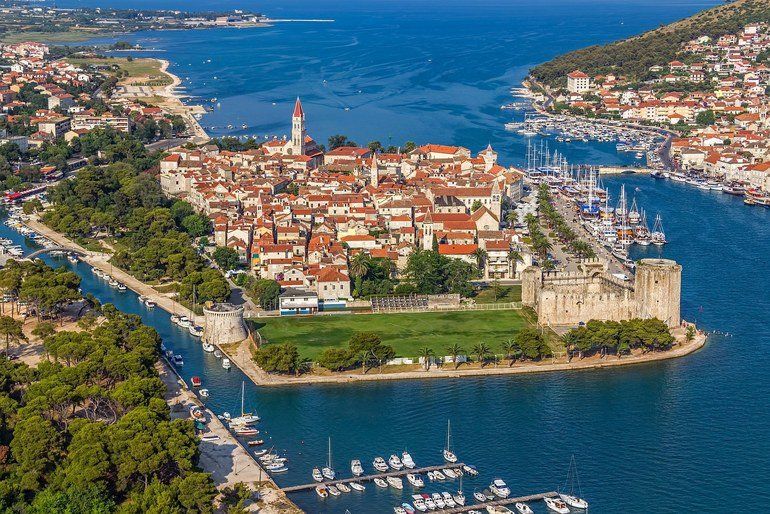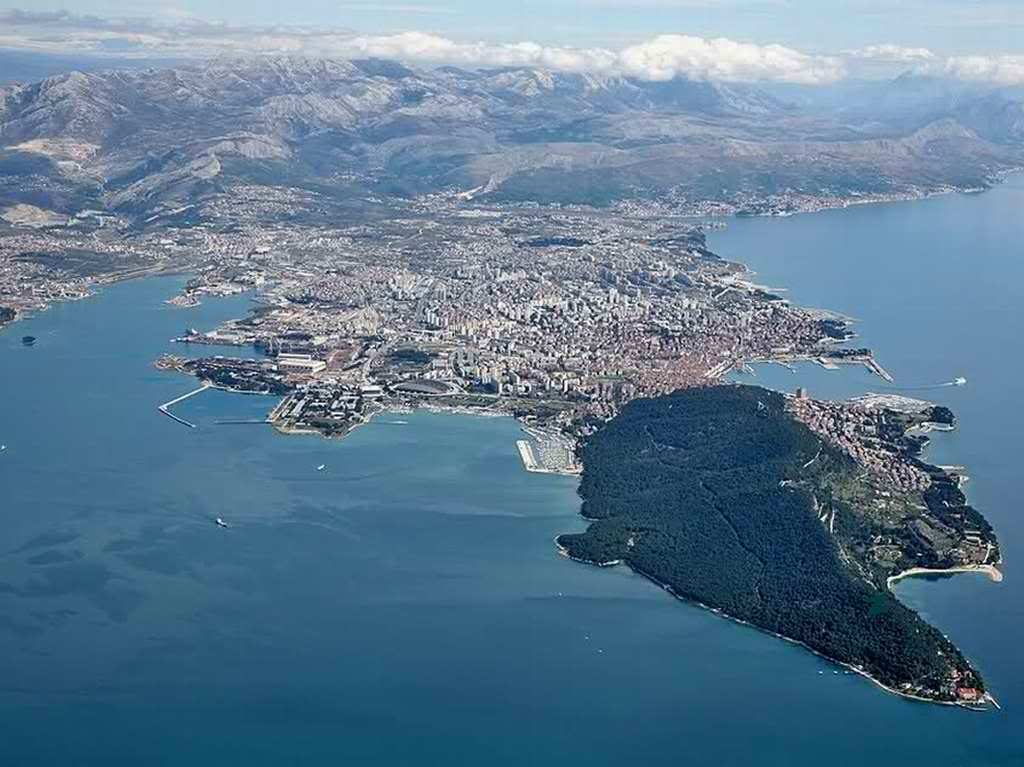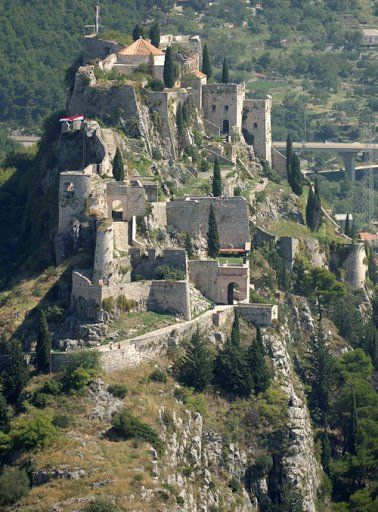Sights
-
The Biblical Garden of Stomorje - Shrine of the Mother of Stomorje
ButtonIn Kastel Novi on the southern slopes of Kozjak the small church of St. Marija from Špiljan today hl. Mother of Stomorje was built in 1189. T he Biblical Garden was founded on this place where you can feel the spiritual presence and nature. For decades olives, figs, grapes, all plants mentioned in the Bible are growing here. By the care of nature lovers many other trees have been planted yet, as the tree of Yudin, laurel, acacia, spices and aromatic plants, among others.
-
Islands of Croatia - Excursions
ButtonAltogether there are in front of the coast of Croatia 1,244 islands, islets and rocks. Only 47 islands are inhabited. The coastline of all Croatian islands is 4,398 km. The coastline of the Croatian mainland is 1778 km. The Croatian coast total length amounts 6176 km. Spain has comparatively a total coastline of 4964 km
-
National Park Krka
ButtonClose to us is the National Park Krka. You will see beautiful waterfalls and learn the positive aspects of nature. Simply only recommendable!
-
Stadium - Poljud
ButtonThe stadium Poljud is the home stadium of the football club HNK Hajduk Split. It also carries the nickname Poljudska ljepotica ("The beauty of Poljud"). As a football venue it is used regularly by HNK Hajduk Split and often the Croatian national football team. As a multifunctional stadium is also used for athletics meetings and concerts. The football club museum experience the whole history of the stadium and the club.
-
Plitvice Lakes National Park
ButtonWho of you knows the Croatian Plitvice Lakes National Park? It is a place that enchants, a place that leaves you speechless. Thunderous waterfalls, crystal clear water, large lakes and magical nature invite you to take the most beautiful walks.
-
Rafting on the river Cetina
ButtonNot far from us there is a rafting club that offers you a breathtaking experience. Fun is guaranteed!
-
Castle - Kastel Vitturi
ButtonOn the north side there are two defending towers and a "mašikul" and these were associated with movable bridges to the mainland. In the 18th century, the drawbridge was replaced by a stone with a buckle. In the middle of the castle there is a garden with arcades and galleries in the first and second floor. At present the restored castle Vitturi has the Museum of the City Kaštela, the Tourism Board of Kaštela and some cultural institutions. It is the cultural center of the city, because exhibitions, concerts, theater performances are hosted in it.
-
Diocletian's Palace in Split
ButtonDiocletian's Palace today is the city of the Croatian port city of Split and was converted by the Romans to an inhabited fortress, which was subsequently adapted to different cultural influences. Many buildings or technical changes from different eras testify to the lively history of the city of Split. UNESCO declared the downtown area of Diocletian's palace in 1979 as a World Heritage Site.
-
Trogir - Unesco city
ButtonTrogir is a remarkable example of urban continuity. The orthogonal street plan of this island settlement dates back to the Hellenistic period and it was embellished by successive rulers with many fine public and domestic buildings and fortifications. Its beautiful Romanesque churches are complemented by the outstanding Renaissance and Baroque buildings from the Venetian period.
-
Marjan hill
ButtonMarjan hill is an irresistible part of Split city. This wooded hill dominating the city center and waterfront promenade, deserves to be visited.
-
Klis Fortress
ButtonBuilt into the limestone bluffs outside of Split, the imposing Klis Fortress(Tvrdava Klis) was once an important defensive stronghold between the Mediterranean and the Balkans. It housed the seat of many Croatian kings, though nowadays it’s better known as the film location for the fictional city of Meereen in the seriesGame of Thrones.
-
Source of the River Cetina
ButtonIts 105km-long journey to the sea the River Cetina starts at the foot of the Dinara mountain, supplying several sources with water at an altitude of 380 m, of which the most abundant are the Glavaš spring, Vukovića spring and Batića spring.
The springs merge in Lake Peruča, from where the River Cetina continues its course in the direction of Omiš, where it flows out into the Adriatic Sea.





